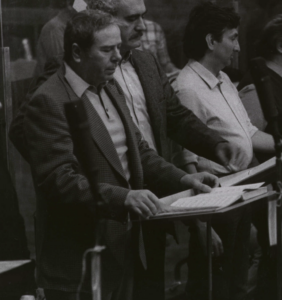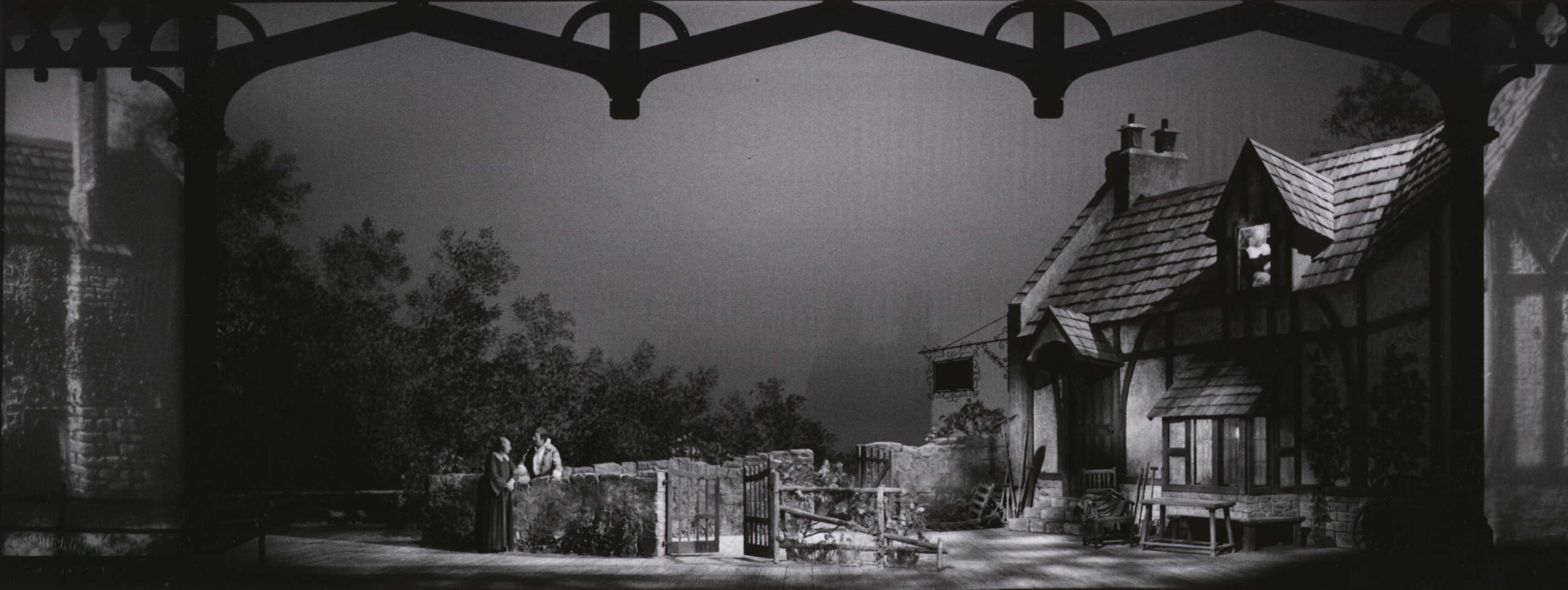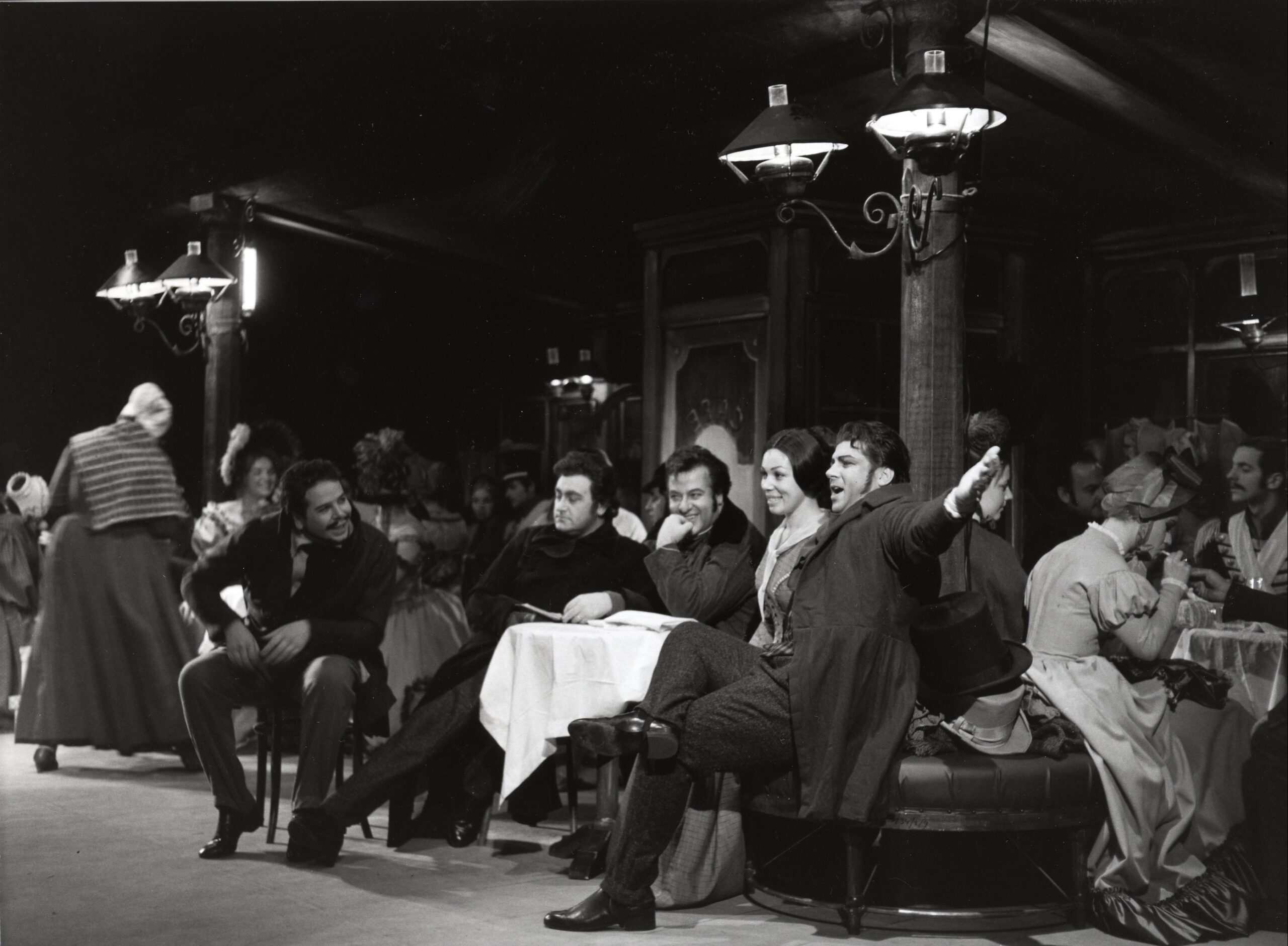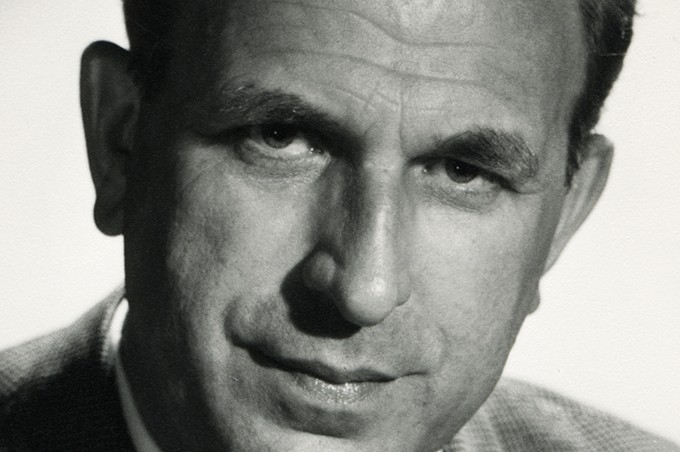22 March 2024
P.R. Jenkins
Karajan artists: Rolando Panerai – “a most balanced man”

“I worked with him many times. He is a wonderful artist whom I’ve always admired. […] He has always impressed me as a man of great good humour, and with a wonderful fund of stories.”
Karajan about Rolando Panerai
Rolando Panerai never embodied a title role in a Karajan production, so unlike with other soloists it is difficult to name the Karajan/Panerai production. But Panerai worked so prominently and constantly with Karajan over 29 years that “take him for all in all”, he was one of Karajan’s most important male singers. “The best baritone in Europe” – was Walter Legge’s verdict on Panerai in 1953, the same year Karajan started working with him at La Scala. He performed the peasant Masetto in “Don Giovanni” 11 times. “The role was coals to Newcastle for Panerai, since when he was not singing he ran his own farm. […] Panerai was also extremely amusing. ‘Karajan adored Panerai,’ [Elisabeth] Schwarzkopf recalls. ‘They spent hours together working on the role of Masetto.’ (Richard Osborne)”
Karajan told Osborne at the end of his life:
“You know he’s a farmer as much as a singer?”
Osborne: “Like Verdi!”
Karajan: “No, he actually works the land. He has a man to do the finances, but he drives the tractors and so on. […] I think he is one of the most balanced men I have ever met.”
In 1953, Panerai not only appeared in “Don Giovanni” but also in Karajan’s scenic Orff project and his farm won’t have seen much of him in the early months of the following year. He performed as Ashton in “Lucia di Lammermoor” (Karajan’s first collaboration with Maria Callas and one of his greatest successes’ in the 1950s), as Count Almaviva in “Figaro” with Elisabeth Schwarzkopf, Sena Jurinac, Irmgard Seefried and Mario Petri, and as the Father in the Italian production of Humperdinck’s “Hänsel und Gretel”. In autumn, Karajan and Panerai met in the studio for Karajan’s only recording of Mozart’s “Così fan tutte”. This was the beginning of an extraordinarily fruitful recording collaboration including some of the best opera recordings ever made – “Falstaff” with Tito Gobbi and Elisabeth Schwarzkopf and “Il Trovatore” with Maria Callas and Giuseppe di Stefano (both in 1956), “Pagliacci” with Carlo Bergonzi and Giuseppe Taddei (1965), “La Bohème” with Mirella Freni and Luciano Pavarotti (1972) and again “Falstaff” in 1980. Panerai is certainly the only singer to have recorded the same part (Ford) twice with Karajan within 24 years.

With Karajan as designated managing director, Panerai started to perform at the Vienna State Opera in 1957 as Germont in “La Traviata”, again as Ford in “Falstaff” and as Masetto in “Don Giovanni”, as Escamillo in “Carmen” and as Sharpless in “Madama Butterfly”. A tremendous success was the 1963 “Bohème” with Panerai as Marcello and the “Don Giovanni” in Salzburg in 1960 and in 1968.
Altogether, Karajan and Panerai performed together 129 times at the opera (never in a sacred work) – 38 “Don Giovannis”, 27 “Falstaffs” and 24 “Bohèmes”.
Rolando Panerai died in 2019, aged 95.
We’ve prepared playlists with Karajan and Rolando Panerai. Listen to them here.
— P.R. JenkinsRichard Osborne: “Karajan. A Life in Music” Chatto & Windus, London. 1998
“Conversations with Karajan” Edited with an Instroduction by Richard Osborne. Oxford University Press. 1989





